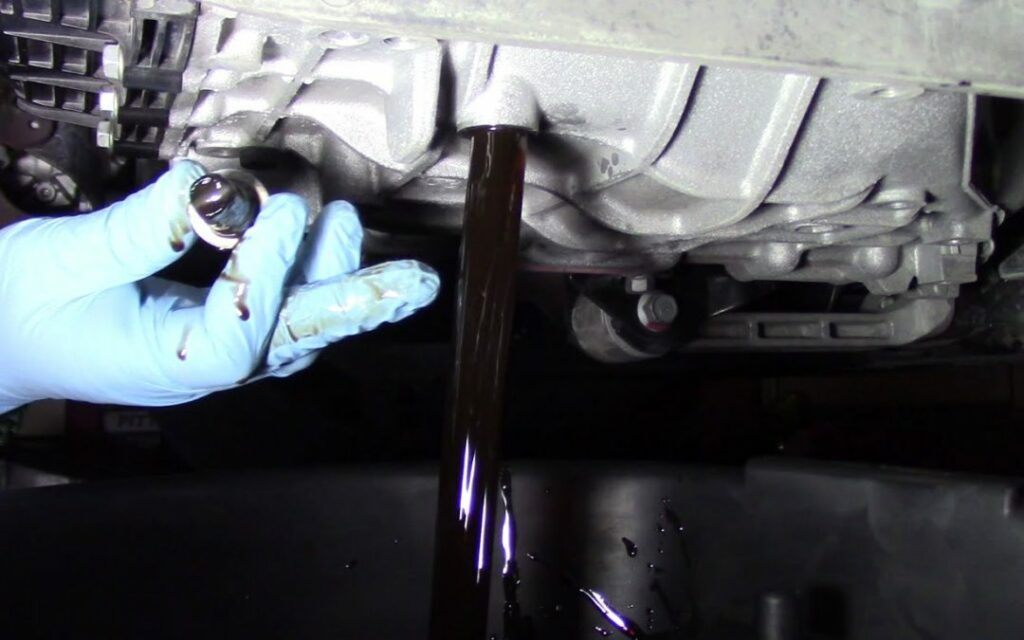The evolution of automatic transmissions has been a fascinating journey, from the early days of hydraulic fluid and torque converters to the sophisticated systems in modern vehicles.
General Motors pioneered the concept of automatic transmissions. However, the transition from manual clutches to fluid dynamics brought about a critical component – transmission fluid.
The Historical Perspective
In the past, routine maintenance involved changing transmission fluid and filters every 20,000 miles (32186.88 km) to 30,000 miles (48280.32 km). This regularity was essential to prevent issues arising from dirty fluid and friction. However, with advancements in fluid formulations and transmission components, the frequency of fluid changes has been extended.
Lucas Transmission Slip Fix

For high-mileage vehicles with dirty transmissions, the introduction of products like Lucas Transmission Slip Fix has been a game-changer. By adding this product to the existing fluid, it can protect the transmission, allowing it to function effectively for an extended period. This innovation has proven beneficial for those who might have neglected regular transmission maintenance.
“Lifetime Fluid” Labels and Synthetic Fluids
Some automakers claim that their vehicles come with “lifetime fluid” for the transmission. While this may suggest that the fluid never needs changing, it’s a misconception.
Even with synthetic fluids, changing the transmission fluid every 50,000 miles (80467.2 km) to 60,000 miles (96560.64 km) is still recommended for optimal longevity. The label “lifetime fluid” often creates a false sense of security, leading owners to overlook crucial maintenance practices.
The Consequences of Neglected Maintenance
A transmission that hasn’t been properly maintained can face severe consequences when its fluid is changed, especially on high-mileage vehicles.
The introduction of fresh fluid may expose pre-existing issues, leading to slipping or other transmission problems. It underscores the importance of regular maintenance to ensure the longevity and smooth operation of the transmission.
Timing is Everything
Delaying transmission fluid changes can be a costly mistake. Regular maintenance is key to preventing transmission issues, and waiting too long to change the fluid may result in total transmission failure. The delicate balance of proper timing in fluid changes is crucial to maintaining the health of the transmission system.
Transmission Flushes VS. Fluid and Filter Changes

Transmission flushes, while marketed as a comprehensive solution, can introduce potential risks. The force used during a flush may push dirt and debris into small crevices, causing damage instead of preventing it.
Experts often recommend a safer approach – changing the fluid and filter without the use of high-pressure flushing systems. This method minimizes the risk of inadvertently causing harm to the transmission.
Poorly Manufactured Transmissions
In some cases, regardless of meticulous maintenance, certain vehicles may have poorly manufactured automatic transmissions that are prone to failure before reaching 100,000 miles (160934.4 km). Recognizing the limitations of the transmission system in specific models is essential for owners to be proactive in addressing potential issues.
Conclusion
Changing transmission fluid is a nuanced process, influenced by the vehicle’s age, mileage, and overall maintenance history. While advancements in fluid technology and additives have provided solutions for extending the life of transmissions, it is crucial to strike the right balance.
Regular maintenance, timely fluid changes, and careful consideration of the vehicle’s specific needs are essential for ensuring a smooth and trouble-free driving experience. Ultimately, understanding the intricacies of transmission fluid changes is the key to avoiding unintended damage and preserving the heart of the vehicle’s drivetrain.




